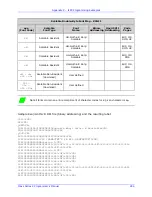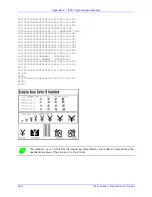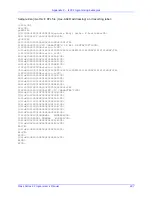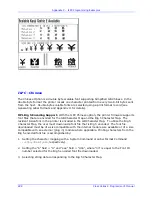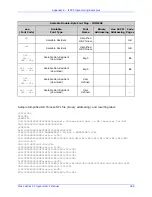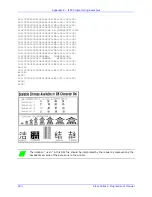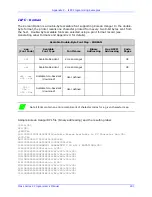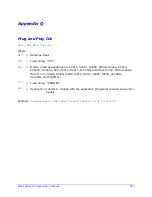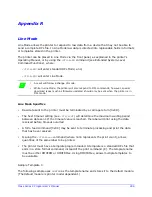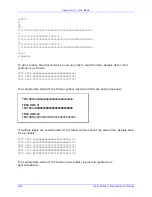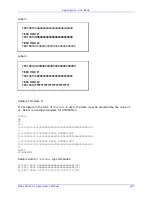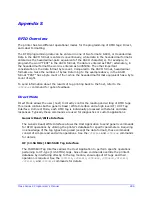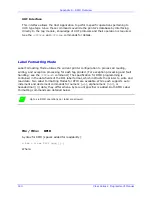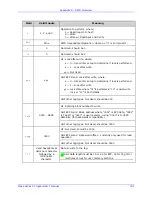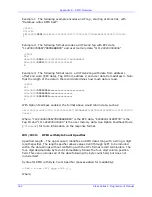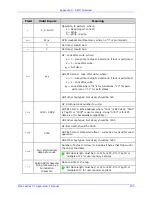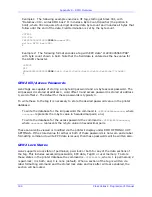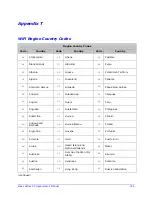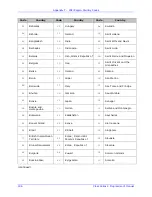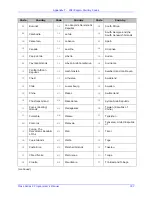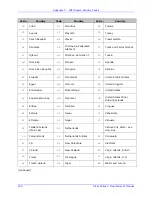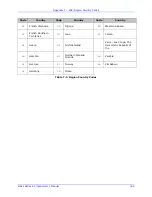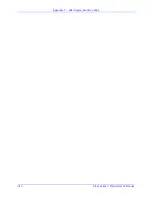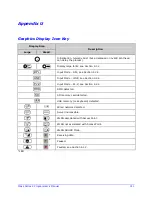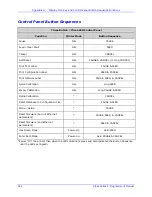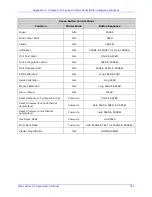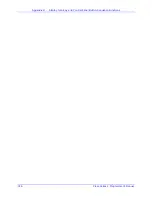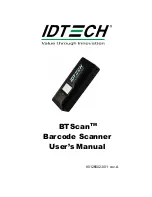
Class Series 2 Programmer’s Manual
299
Appendix S
RFID Overview
The printer has two different operational modes for the programming of RFID tags: Direct,
and Label Formatting.
The RFID programming data can be entered in one of two formats: ASCII, or Hexadecimal.
Data in the ASCII format is entered conventionally, while data in the hexadecimal format is
entered as the hexadecimal-pairs equivalent of the ASCII character(s). For example, to
program the word “TEST” in the ASCII format, the data is entered as TEST; alternately, in
the hexadecimal format the word is entered as 54455354. The other important
consideration is the data format byte count. Compared to the ASCII format, hexadecimal
formats use twice the number of bytes. Returning to the example above, in the ASCII
format “TEST” has a byte count of four, while the hexadecimal format equivalent has a byte
count of eight.
To send information about the results of tag printing back to the host, refer to the
<STX>KcOF
command for option feedback.
Direct Mode
Direct Mode allows the user (host) to directly control the reading and writing of RFID tags.
This mode contains both a generic Read / Write Interface and a high level HF / UHF Tag
Interface. In Direct Mode, each RFID tag is individually processed with status and data
responses. Typically these commands are used for diagnostics or custom applications.
Generic Read/Write Interface
The Generic Read/Write Interface allows the Host Application to send generic commands
for RFID operations by utilizing the printer’s database for specific parameters. Requiring
no knowledge of the tag types being used (except the data format), these commands
consist of simple read and write operations. See the
<STX>KaR
and
<STX>KaW
commands
for details.
HF (13.56 MHz) ISO15693 Tag Interface
The ISO15693 Tag Interface allows the Host Application to perform specific operations
pertaining to HF-type (13.56 MHz) tags. Since these commands override the printer’s
database by interfacing directly to the tag module, knowledge of HF tags and their
operation is required. See the
<STX>KtA
,
<STX>KtD
,
<STX>KtE
,
<STX>KtH
,
<STX>KtU
,
<STX>KtR
, and
<STX>KtW
commands for details.
Summary of Contents for A-Class
Page 2: ......
Page 3: ......
Page 5: ......
Page 6: ......
Page 22: ...Overview 8 Class Series 2 Programmer s Manual ...
Page 30: ...Immediate Command Functions 16 Class Series 2 Programmer s Manual ...
Page 138: ...Extended System Level Command Functions 124 Class Series 2 Programmer s Manual ...
Page 160: ...Label Formatting Command Functions 146 Class Series 2 Programmer s Manual ...
Page 180: ...Generating Label Formats 166 Class Series 2 Programmer s Manual ...
Page 192: ...Appendix B Sample Programs 178 Class Series 2 Programmer s Manual ...
Page 200: ...Appendix D Reset Codes 186 Class Series 2 Programmer s Manual ...
Page 212: ...Appendix E Single Byte Symbol Sets 198 Class Series 2 Programmer s Manual ...
Page 264: ...Appendix G Bar Code Details 250 Class Series 2 Programmer s Manual ...
Page 308: ...Appendix Q Plug and Play IDs 294 Class Series 2 Programmer s Manual ...
Page 312: ...Appendix R Line Mode 298 Class Series 2 Programmer s Manual ...
Page 324: ...Appendix T WiFi Region Country Codes 310 Class Series 2 Programmer s Manual ...
Page 334: ......

